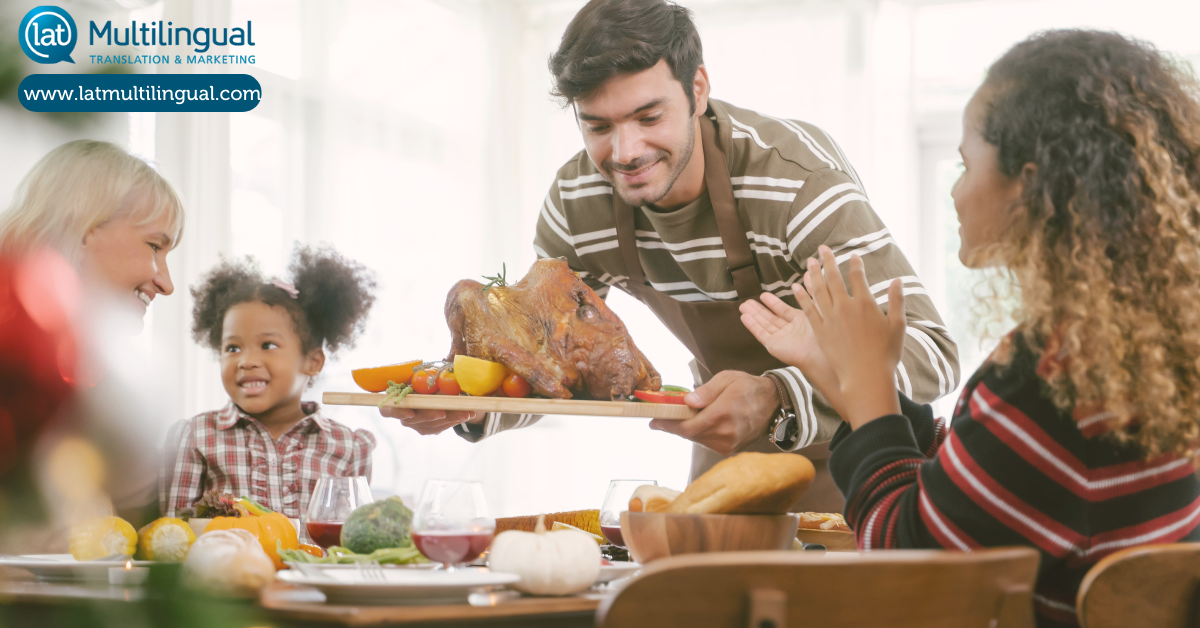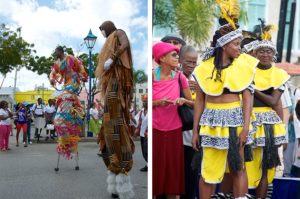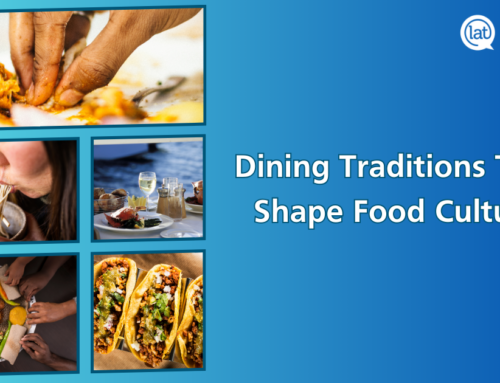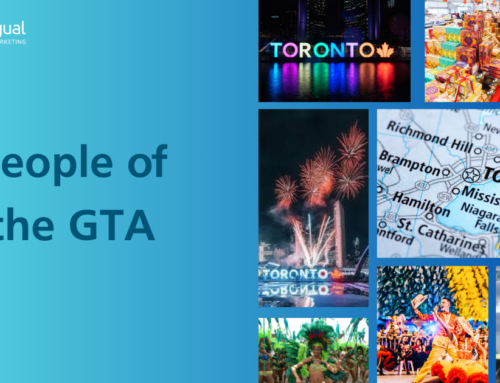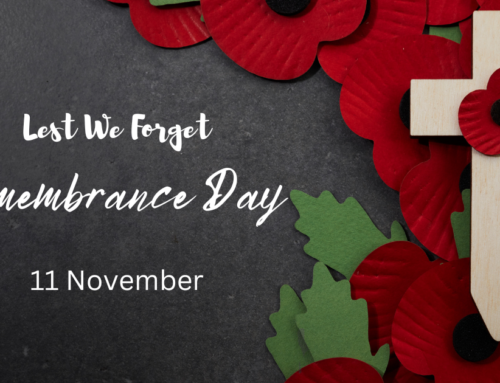It is the season to give thanks around the world!
There are many different ways that people celebrate Thanksgiving: from hearty feasts to sharing blessings; each culture has its own traditions.
Though the traditions are different, the sentiment is the same – to spend quality time with friends and family, give thanks, and reflect on what’s most important in life.
As strong believers in cultural diversity and inclusion, today at LAT we’d like to take you on an enlightening cultural journey into various Thanksgiving traditions.
Are you ready to explore the unique ways Thanksgiving is celebrated, each with its own history and traditions? Let’s go!
1. Canadians celebrate Thanksgiving every year on the second Monday in October
The first Thanksgiving in Canada was celebrated in 1578 – 40 years before the first American Thanksgiving holiday. English explorer Martin Frobisher initiated the celebration in Newfoundland where he and his crew gave thanks for a successful journey to North America.
Most provinces and territories observe a long weekend to enjoy the celebrations. The feast on Thanksgiving day is similar to American celebrations, with turkey, mashed potatoes, corn, and pumpkin pie, however, each family has their own unique spread.
2. American Thanksgiving traditions and history
Celebrated on the fourth Thursday of November, American Thanksgiving can be traced back to 1620 during the landing of the Mayflower. The holiday was observed for centuries until 1863 when President Abraham Lincoln announced a national Thanksgiving Day to be held every November.
In American households, the Thanksgiving celebration is all about cooking and sharing meals with family and friends. Turkey is a staple for Thanksgiving so much so that it has become inseparable from the holiday. However, it may or may not have been offered when the Pilgrims hosted the inaugural feast in 1621!
Also Read: 5 Christmas Traditions From Around the World
3. China celebrates the annual “Chung Chiu” Moon Festival
The celebration as a festival in Chinese culture became popular during the Tang Dynasty (618–907 CE). Legend indicates that the Emperor Xuanzong of Tang organized formal celebrations in his palace after he explored the Moon Palace, which is how this festival started.
Observed on the 15th day of the eighth lunar cycle of the year, Chinese families meet for a three-day feast featuring mooncakes containing duck egg yolks, lotus seed paste, and sesame seeds. Sharing the mooncakes with family and friends reflects unity and peace for the coming year.
Today, the mid-autumn moon festival is celebrated by worshipping the moon, lighting paper lanterns, and eating mooncakes.
4. South Indians celebrate Pongal, a four-day harvest festival
The first day of Pongal is associated with Lord Indra and Lord Krishna. The story says that the people of Govardhan worshipped Lord Indra in a grand manner, as they were afraid of his arrogant behaviour. When Lord Krishna heard this, he wanted to teach Lord Indra a lesson so he asked people to worship Mount Govardhan instead.
Furious, Lord Indra sent heavy rainfall, but to protect the people, Lord Krishna lifted the mountain. Three days later, Indra realized his mistake and apologized for his actions. Then, Lord Krishna arranged for celebrations in honour of Indra.
Nowadays, the harvest of crops like rice, turmeric, and sugarcane is celebrated during the Pongal festival. There are different versions of harvest festivals celebrated all over India, such as Lohri in northern India, where everyone celebrates the harvest festival with a bonfire to reignite the return to the longer days.
During Pongal, each day is celebrated with a distinct ceremony, such as discarding unwanted belongings in a large fire on the first day, preparing a Pongal dish on the second day, drawing a traditional form of “kolam” on the third day and a ritual of women praying for their brother’s prosperity on the fourth day.
5. Germans thank and honour their harvest during Erntedankfest
Ertedankfest has been celebrated for thousands of years. It originated as a rural festival to celebrate the harvest. Today, even though machines are used for harvesting, people still give thanks and celebrate the festival.
Erntedankfest is a harvest Thanksgiving festival mostly observed by religious and rural groups. There is no official day for celebration as the festivities vary across the country during mid-September or October. Austria and Switzerland celebrate the festival as well.
Due to its religious sentiments, Erntedank is celebrated by both Christian and Protestant Churches, which includes church service, a parade and a presentation of a harvest crown to a Harvest Queen.
Today, Erntedank is mostly a religious holiday for fun, food, and Thanksgiving.
6. Japan observes Labour Thanksgiving Day on November 23rd
The first celebration of the holiday in Japan dates back to 678 A.D. to welcome the harvest season. However, as Japan evolved from an agricultural country to an industrial one, the celebrations moved from honouring farmers to honouring workers.
Special events are organized to celebrate the holiday, such as the Nagano Labour Festival, which recognizes the environment, peace, and human rights. The other is the Nagano Ebisuko Fireworks Festival displaying the most spectacular fireworks.
7. Korean Thanksgiving holiday is known as Chuseok
The origins of the festival can be traced back to the history of Korea when it was an agrarian society. The legend describes the festival originating with an ancient king, Silla, who started a month-long weaving competition and treated the winning team with food, drinks, and gifts from the losing team. Hence, Chuseok originated around 2000 years ago in Korea.
Today, the Korean community gathers to give thanks and celebrate the harvest festival by offering rituals to the ancestors on the 15th day of August, according to the lunar calendar. Chuseok marks the first day of the full harvest moon, during which families meet and welcome the harvest season. Similar to other cultures, there are specific foods that are eaten during the festival, such as rice cakes.
Families come together a night before to prepare rice cakes as a bonding activity followed by offering gifts to family and friends. Spam is actually a common gift since it is very popular amongst Koreans!
8. Barbados celebrates Thanksgiving with a Crop Over festival
At the end of the sugarcane harvest season, Bajans experience the festivities for around six weeks to three months. This 300-year-old tradition goes back to those who worked on sugarcane plantations and began to celebrate the harvest season.
The celebrations include singing, dancing, drinking competitions, feasting, and an interesting competition to climb up a greased pole.
9. Ghana’s Homowo festival pays tribute to the suffering of the Ga tribe’s ancestors
Originally, the Ga tribe in Ghana had no food to eat as the soil was not fertile. They waited for the famine to end and when it was over, they rejoiced with the rains.
To commemorate the famine, nowadays Ghana’s capital city of Accra goes silent by enforcing a noise ban and fishing in the lagoons for a month, which is followed by a church service to lift the ban with the harvest feast and celebrations.
10. Malaysia honours the harvest with the Kaamatan harvest festival
The indigenous Kadazan-Dusuns people celebrate the festival in May with a two-day public holiday.
The term Kaamatan is derived from the root word “omot”, which means harvest. The festival pays tribute to the goddess Huminodun or Ponompuan, who was sacrificed to save mortals from famine. Legend says the sacrifice is the reason why Kadazandusuns never faced famine again – their lands remained forever fertile!
Nowadays, rice is the main ingredient in the dishes served during the festival, along with rice wines. The festival ends with a Humabot ceremony that includes a lot of games and traditional dance and song performances.
How do you celebrate Thanksgiving?
Countries such as Israel, Grenada, Liberia, Netherlands, etc., also celebrate Thanksgiving in their distinct ways. Nonetheless, most Thanksgiving celebrations revolve around a common theme: food, family gatherings, and offering gratitude for the harvest and well-being!
Here at LAT, since we are based in Canada, we will be celebrating this weekend by giving thanks, spending time with loved ones, and of course, treating ourselves to some pumpkin pie!
As multicultural marketing specialists, we love to share all things diversity. We understand the importance of acknowledging and celebrating all cultures and traditions around the world.
However you choose to celebrate Thanksgiving, LAT Multilingual wishes a happy harvest to you and your family!

